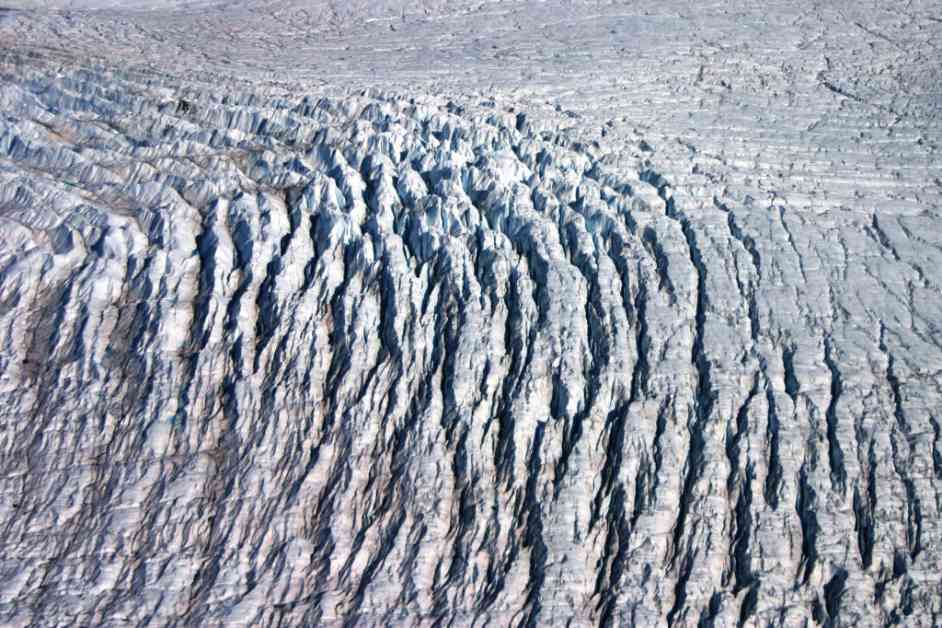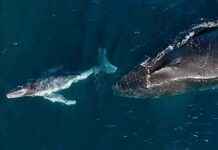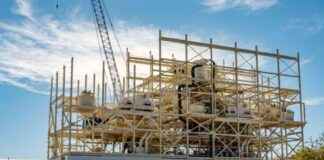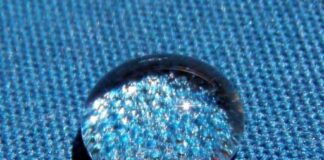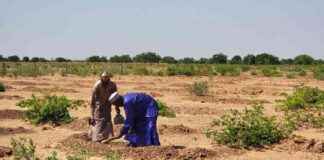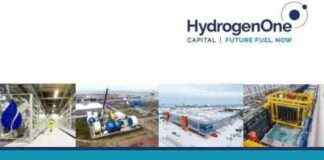A new study on the Greenland Ice Sheet has revealed that crevasses are widening at an accelerated rate due to climate change, leading to increased ice loss and rising global sea levels. Crevasses are fractures that form in glaciers as the ice flows, creating wedge-shaped cracks that can grow to enormous sizes. These crevasses play a crucial role in the dynamics of glaciers, affecting their flow and contributing to the overall melting of the ice sheet.
The study, led by Thomas Chudley, a glaciologist at Durham University in the United Kingdom, found that crevasses are expanding faster than previously observed. Between 50 and 90 percent of the water flowing through the Greenland Ice Sheet travels through these crevasses, warming the ice and increasing lubrication between the ice sheet and the bedrock it rests on. This acceleration in ice flow can have far-reaching consequences for the stability of the ice sheet and the rate of sea level rise.
The Impact of Crevasses on Ice Loss
Understanding the growth and widening of crevasses is essential for predicting how ice discharge from the Greenland Ice Sheet will evolve in the coming years. As glaciers accelerate in response to warmer ocean temperatures, the formation of crevasses becomes more prevalent. The influx of meltwater into these crevasses can deepen fractures within the ice, leading to further destabilization of the ice sheet.
The study utilized three-dimensional imaging techniques to accurately measure the volume of crevasses on the Greenland Ice Sheet. The results revealed a significant increase in the width of crevasses between 2016 and 2021, closely mirroring the rise in ice discharge into the ocean. This correlation underscores the critical role that crevasses play in accelerating the flow of glaciers and contributing to sea level rise.
Implications for the Future of Greenland’s Ice
Xavier Fettweis, a professor of climatology at the University of Liège, emphasized the importance of considering the feedback mechanisms involved in ice loss from Greenland. The widening and deepening of crevasses, as observed in the study, create a positive feedback loop that can hasten the disintegration of the ice sheet. This feedback mechanism is often underestimated in current ice sheet models, highlighting the need for more comprehensive assessments of ice loss dynamics.
The total annual discharge of ice from Greenland is a critical factor in predicting future sea level rise. While some models suggest that the retreat of glaciers from the coast could slow the rate of iceberg discharge, the steepening of the ice sheet’s edge poses new challenges. The stress on the ice sheet from increased melting and calving of icebergs can further exacerbate crevasse formation, leading to faster ice flow and potential mass loss from the ice sheet.
The melting of Greenland’s ice has significant implications for millions of people living in coastal areas at risk of sea level rise. With projections indicating that Greenland’s ice could contribute up to 3 feet of sea level rise by 2100, understanding the dynamics of crevasse formation and their impact on ice loss is crucial. The study’s comprehensive inventory of crevasses across the Greenland Ice Sheet provides valuable insights into the evolving landscape of the ice sheet and the potential consequences for global sea levels.
As researchers and scientists continue to unravel the complex interactions driving ice loss in Greenland, the role of crevasses emerges as a key factor in accelerating the response of the ice sheet to climate change. By shedding light on the widespread expansion of crevasses and their implications for the stability of the ice sheet, the study underscores the urgency of addressing climate change to mitigate the impacts of melting ice on our planet’s future.

